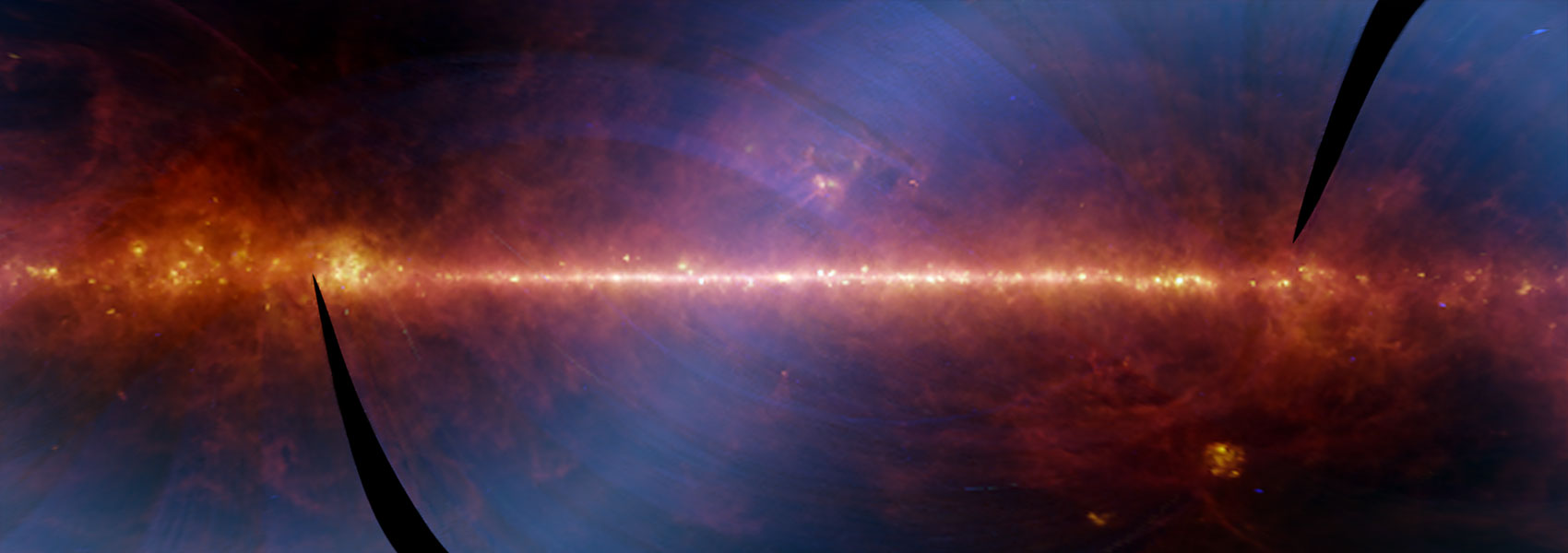
Transient Corotating Clumps around Adolescent Low-mass Stars from Four Years of TESS
January 2024 • 2024AJ....167...38B
Abstract • Complex periodic variables (CPVs) are stars that exhibit highly structured and periodic optical light curves. Previous studies have indicated that these stars are typically disk-free pre-main-sequence M dwarfs with rotation periods ranging from 0.2 to 2 days. To advance our understanding of these enigmatic objects, we conducted a blind search using TESS 2 minute data of 65,760 K and M dwarfs with T<16 mag and d<150 pc. We found 50 high-quality CPVs, and subsequently determined that most are members of stellar associations. Among the new discoveries are the brightest (T ≈ 9.5 mag), closest (d ≈ 20 pc), and oldest (≈200 Myr) CPVs known. One exceptional object, LP 12-502, exhibited up to eight flux dips per cycle. Some of these dips coexisted with slightly different periods, and the shortest-duration dips precisely matched the expected timescale for transiting small bodies at the corotation radius. Broadly, our search confirms that CPVs are mostly young (≲150 Myr) and low-mass (≲0.4 M ⊙). The flux dips characteristic of the class have lifetimes of ≈100 cycles, although stellar flares seem to induce a sudden dip collapse once every few months. The most plausible explanation for these phenomena remains corotating concentrations of gas or dust. The gas or dust is probably entrained by the star's magnetic field, and the sharp features could result from a multipolar field topology, a hypothesis supported by correspondences between the light curves of CPVs and of rapidly rotating B stars known to have multipolar magnetic fields.
Links
- SIMBAD https://simbad.u-strasbg.fr/simbad/sim-ref?querymethod=bib&simbo=on&submit=submit+bibcode&bibcode=2024AJ....167...38B
- PDF https://iopscience.iop.org/article/10.3847/1538-3881/ad0c4c/pdf
- PREPRINT http://arxiv.org/abs/2309.06471
- DATA https://irsa.ipac.caltech.edu/bibdata/2024/B/2024AJ....167...38B.html
- ELECTR https://doi.org/10.3847/1538-3881/ad0c4c



